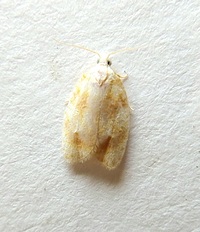
| Recorded by: Mark Basinger on 2025-05-16
Brunswick Co.
Comment: | 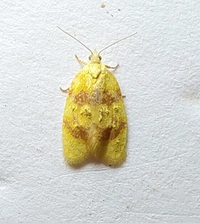
| Recorded by: Mark Basinger on 2025-05-03
Brunswick Co.
Comment: |

| Recorded by: Mark Basinger on 2025-05-02
Brunswick Co.
Comment: | 
| Recorded by: Mark Basinger on 2025-05-02
Wilson Co.
Comment: |
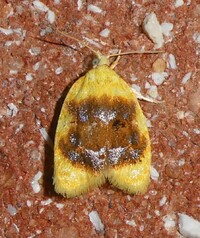
| Recorded by: Simpson Eason on 2025-05-01
Durham Co.
Comment: | 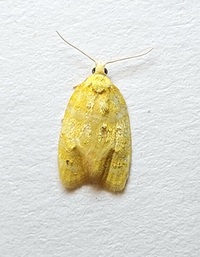
| Recorded by: Mark Basinger on 2025-04-24
Brunswick Co.
Comment: |
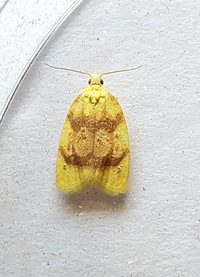
| Recorded by: Mark Basinger on 2025-04-24
Brunswick Co.
Comment: | 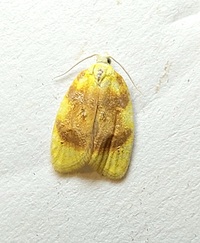
| Recorded by: Mark Basinger on 2025-04-24
Brunswick Co.
Comment: |

| Recorded by: Jeff Niznik on 2024-07-14
Watauga Co.
Comment: | 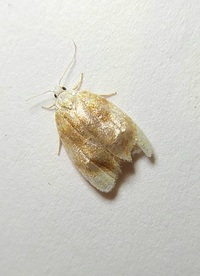
| Recorded by: Mark Basinger on 2024-05-26
Brunswick Co.
Comment: |

| Recorded by: Jeff Niznik on 2024-05-09
Orange Co.
Comment: | 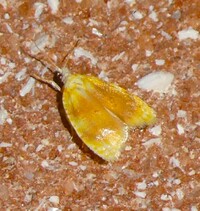
| Recorded by: Simpson Eason on 2024-05-02
Durham Co.
Comment: |

| Recorded by: Mark Basinger on 2024-04-28
Brunswick Co.
Comment: | 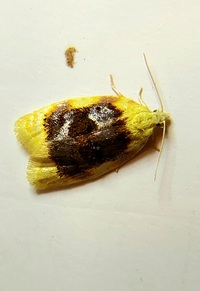
| Recorded by: Mark Basinger on 2024-04-27
Brunswick Co.
Comment: |
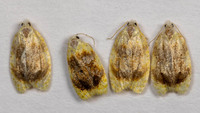
| Recorded by: Stephen Hall on 2023-05-23
Orange Co.
Comment: | 
| Recorded by: Stephen Hall on 2023-05-23
Orange Co.
Comment: |

| Recorded by: David George, Jeff Niznik, Rich Teper, Erich Hofmann, Jesse Anderson on 2023-05-22
New Hanover Co.
Comment: | 
| Recorded by: David George, Jeff Niznik on 2023-05-12
Durham Co.
Comment: |
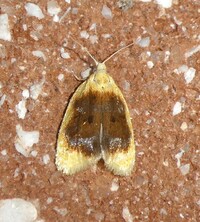
| Recorded by: Simpson Eason on 2023-04-27
Durham Co.
Comment: | 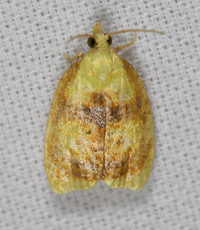
| Recorded by: Jim Petranka on 2022-06-12
Madison Co.
Comment: |

| Recorded by: tom ward on 2022-06-07
Buncombe Co.
Comment: | 
| Recorded by: tom ward on 2022-06-07
Buncombe Co.
Comment: |
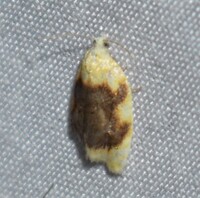
| Recorded by: Jeff Niznik on 2022-05-17
Chatham Co.
Comment: | 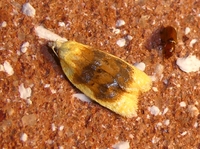
| Recorded by: Simpson Eason on 2022-05-16
Durham Co.
Comment: |
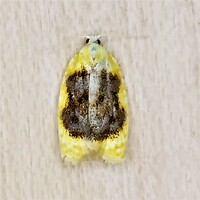
| Recorded by: Gary Maness on 2022-05-16
Guilford Co.
Comment: | 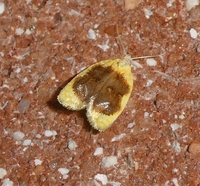
| Recorded by: Simpson Eason on 2022-05-05
Durham Co.
Comment: |

| Recorded by: Stephen Hall on 2022-05-03
Durham Co.
Comment: | 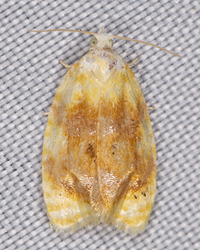
| Recorded by: Mark Shields on 2021-05-27
Onslow Co.
Comment: |
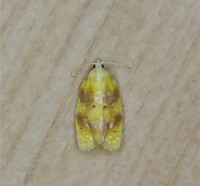
| Recorded by: Gary Maness on 2021-05-21
Guilford Co.
Comment: | 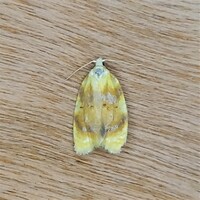
| Recorded by: Gary Maness on 2021-05-18
Guilford Co.
Comment: |
|

 »
»





















